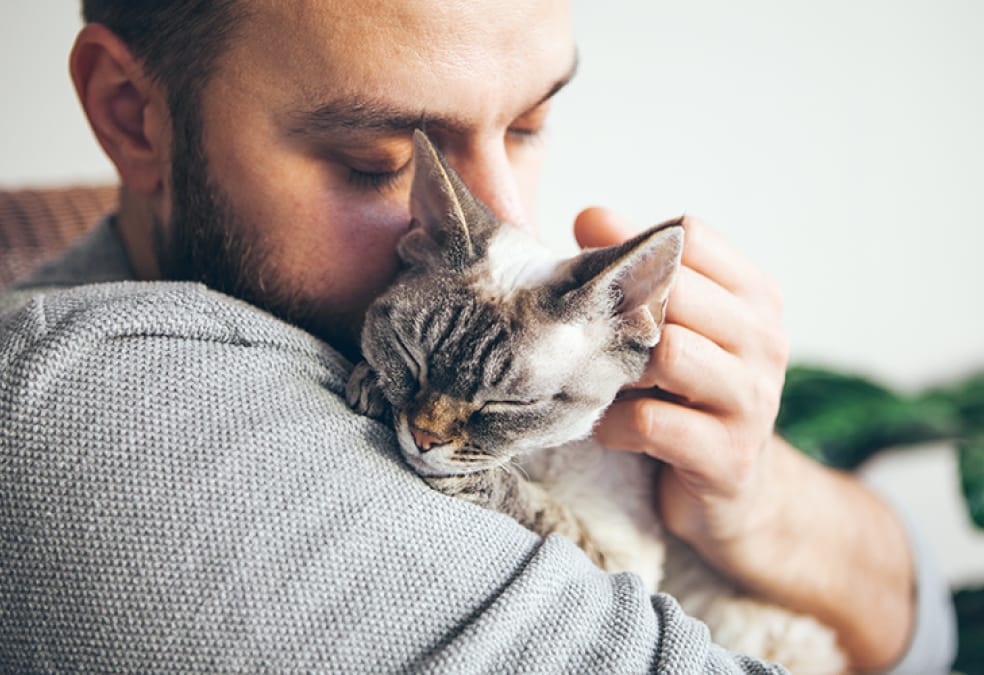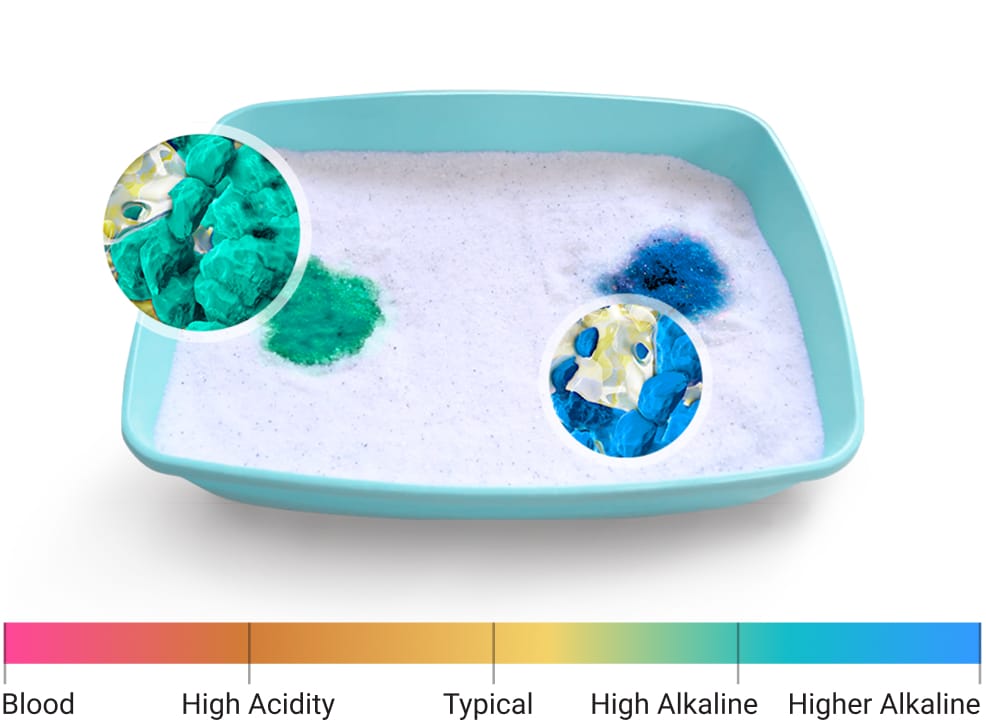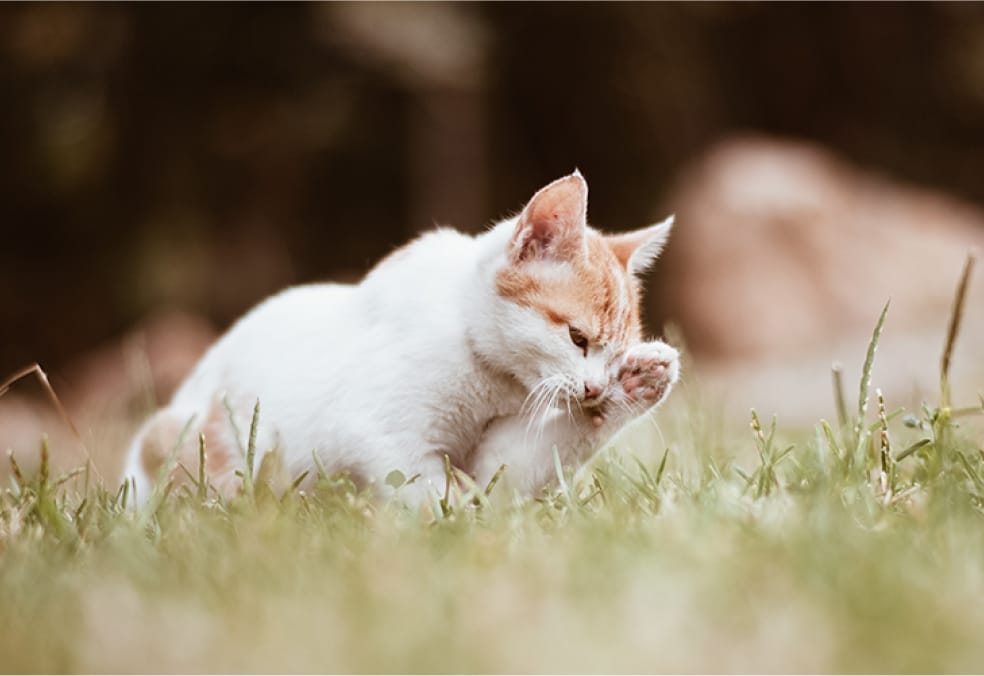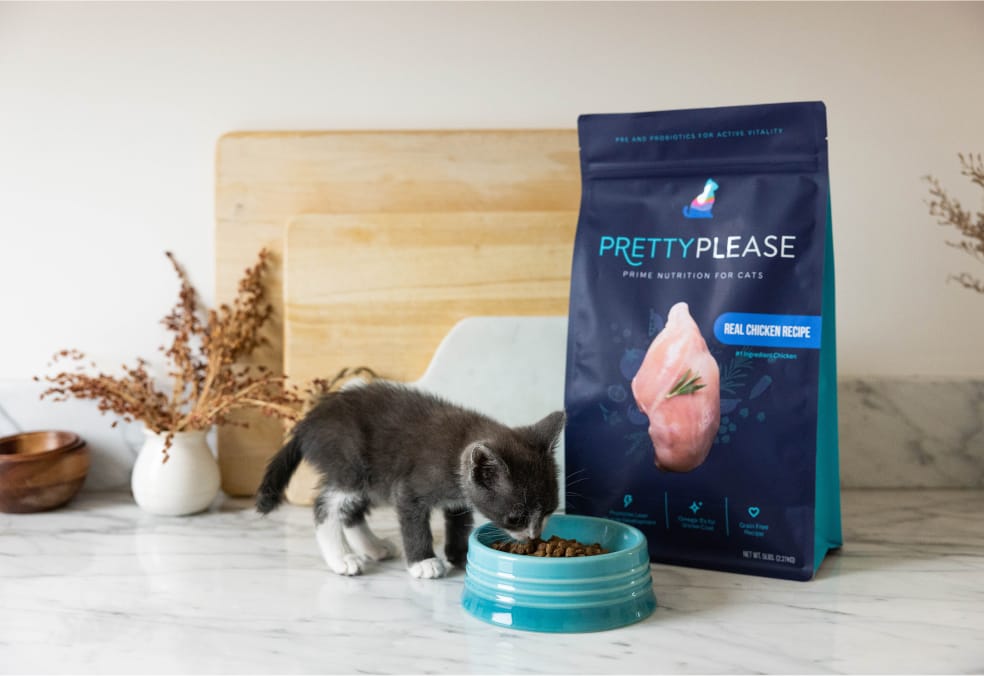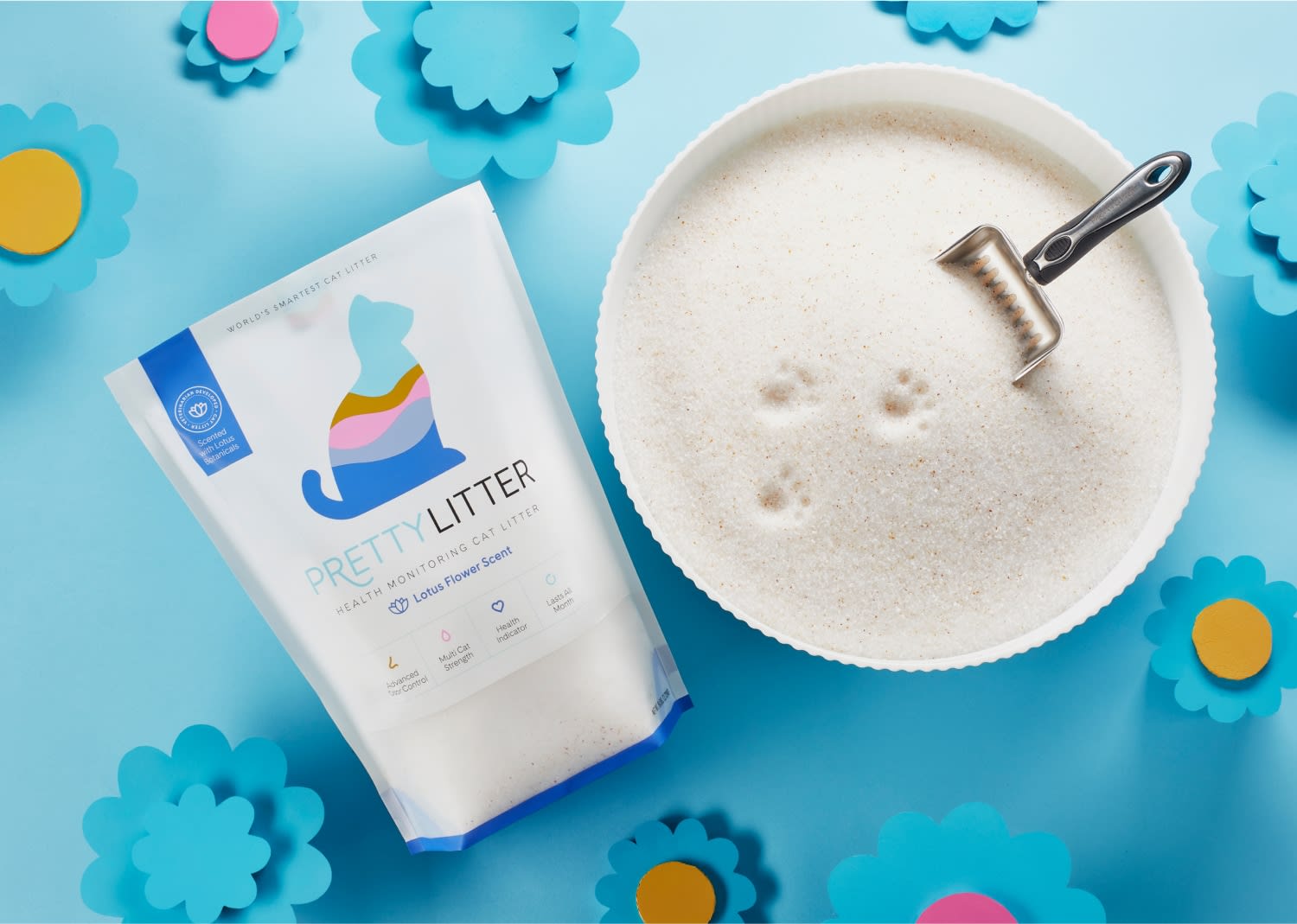- Hydration - Keep their bowl filled with clean water or invest in a pet fountain to encourage hydration. You can also switch to wet canned food if you haven't already.
- Acidity - Adding a small amount of apple cider vinegar or cranberry juice concentrate to their canned wet food may be able to flush out their bladder and create an environment that the bacteria can't survive.
Your veterinarian will be best equipped to provide you with a safe, effective treatment method.

